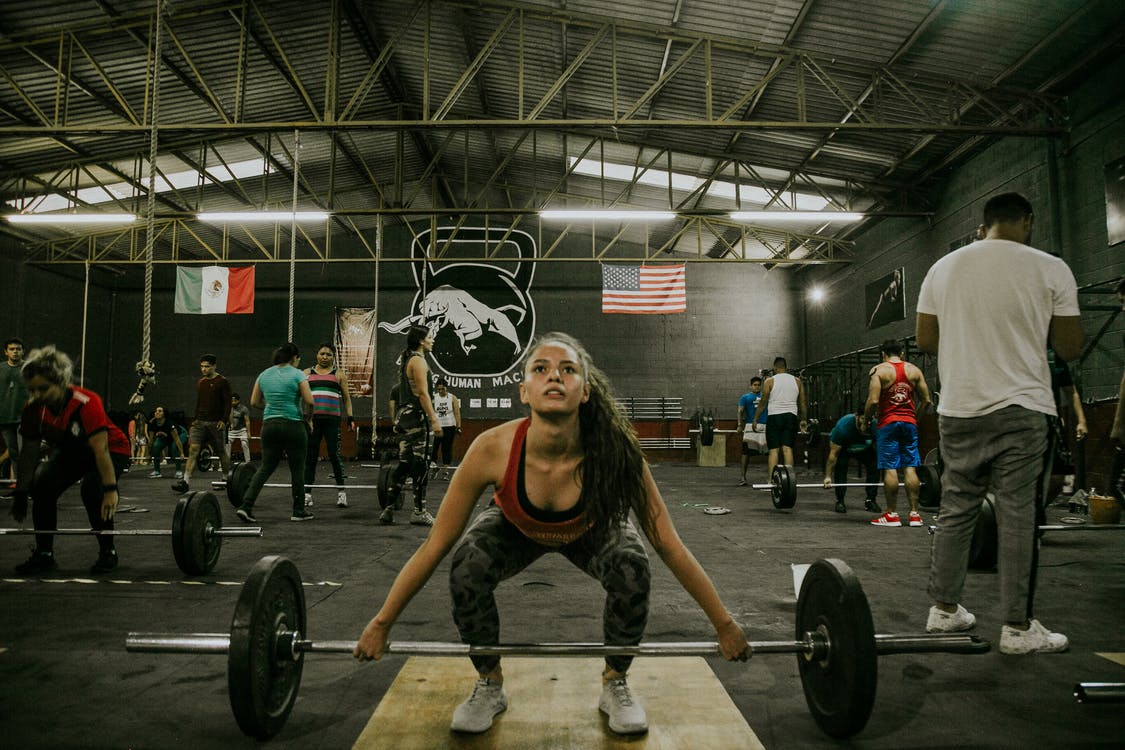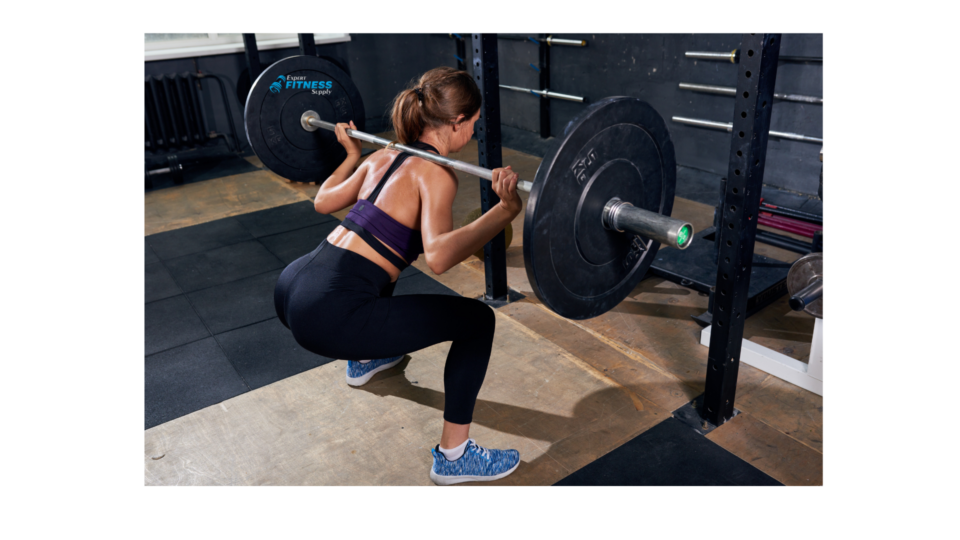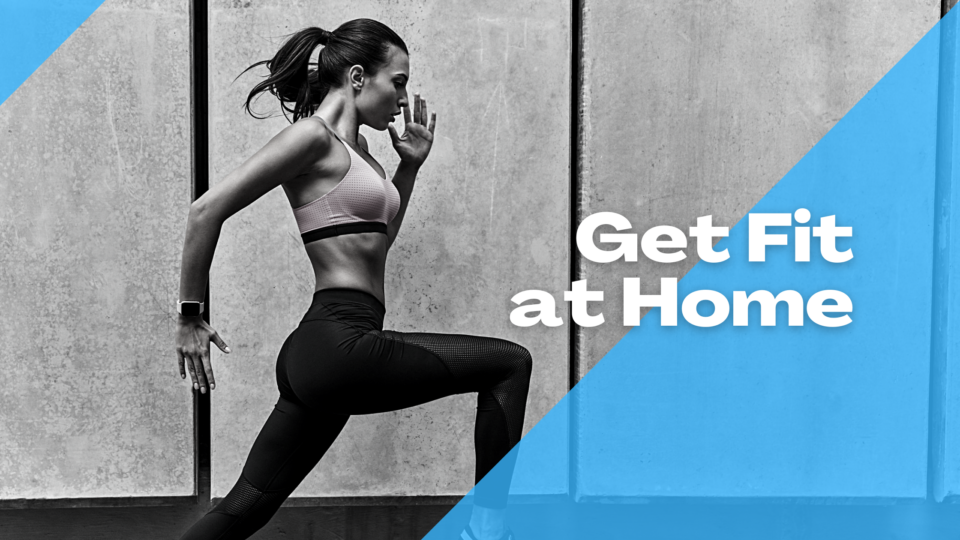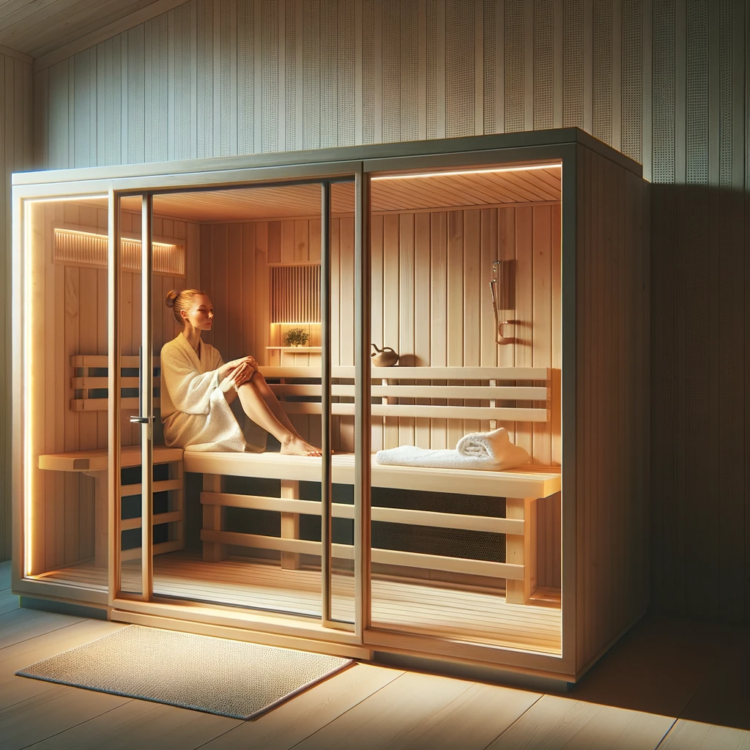- Email us if you have any questions:
- [email protected]
Olympic Weight Plates vs. Bumper Weight Plates

Product Highlight: Body-Solid Endurance Folding Treadmill
May 7, 2022
How Exercise Benefits Your Mental Health
May 26, 2022If you lift weights and are looking to purchase some new home equipment, you may be trying to decide between Olympic weight plates and bumper weight plates. But which weight plates should you buy? Just like any piece of workout equipment you’ve invested in for your home gym, what you purchase really depends on your fitness goals.
In this blog, we’ll discuss the differences between the two types of weights plate, as well as the pros and cons of each, and which may be best for you.
What are Bumper Plates?
Bumper plates are steel-weight plates that are surrounded by a thick layer of rubber or urethane. The main reason bumper plates were created was to prevent damage to the floor and for safety. They’re most commonly used by weightlifters and CrossFitters, since both frequently drop the bar from overhead while doing movements such as snatches, deadlifts, clean and jerks, or overhead squats.
These lifts mentioned above are all meant to be either a lift over your head, or a lift from the floor and to be dropped. Without the rubber casing, the metal plates would either damage the flooring or eventually crack the weight plates.
The reason this is important is that having the ability to drop the weights during these types of movements is expected. When the lifter is able to drop the weight on the floor it enables them to be more comfortable performing these moves rather than worrying about muscle fatigue or trying to re-rack the weight which are times when injuries often occur. When performing a deadlift, for example, the user must lift the barbell off the floor while locking their shoulder into a straight up position and then dropping the weight.
Since bumper plates bounce when dropped, it helps protect the barbells from damage as well as protect your floors. This makes them a great option for home gyms or CrossFit gyms. Users should be aware, however, that without proper gym flooring you can still damage the floor when dropping a weight on it.
Bumper Plates are also larger than Olympic plates These plates come in 5lb, 10lb, 25lb, 35lb, 45lb, and a 55lb, and are all the same diameter but have different widths.
What are Olympic Plates?
Olympic plates come in 2.5LB, 5lb, 10lb, 25lb, 45lb, and 100lb weights and may be made of steel which can come with a rubber or urethane coating. Both bumper and Olympic plates have a center hole of approximately 2 inches. This is unlike standard weight plates which have a 1-inch hole in the middle and can be used with dumbbell handles or aerobic bars, and are not typically used for commercial use.
While Olympic plates are not bumper plates, they can come in the form of bumper plates, which are made of rubber as described above. Rubber Olympic weight plates cannot take the same abuse as bumper plates. These are used for Olympic weightlifting or powerlifting workouts. The rubber plates help protect your floor versus a bare metal plate.
How to Choose a Weight Plate
When choosing which type of weight plate you want to purchase you need to consider a few factors, this includes:
The Kind of Exercises You Plan to Do
If you plan to primarily do squats, bench presses, or bodybuilding movements, you have more flexibility with the type of plate you use both Olympic and Bumper plates will work for you. However, if you plan to do cleans, snatches, or CrossFit workouts, you should look at bumper plates.
Your Budget
Bumper plates tend to be more expensive than metal or rubber plates, however, each type of plate is available in a variety of price ranges that will fit any budget. The amount of money you’re able to spend will determine the quality and durability of your plates.
Regardless of which type of plate you choose, it’s often worth it to spend more money upfront on and purchase a quality set that will last for years, rather than having to replace cheaper sets more frequently.
Where You’ll Be Lifting
The location of your home gym will also determine what kind of plates are best for you. If you plan to lift in an apartment or on the second floor of your home, you’ll need to be more careful to protect your floors with proper gym flooring and rubber plates. Another thing to consider is the noise the plates will make when you train, as bumper plates will be quieter than metal plates.






